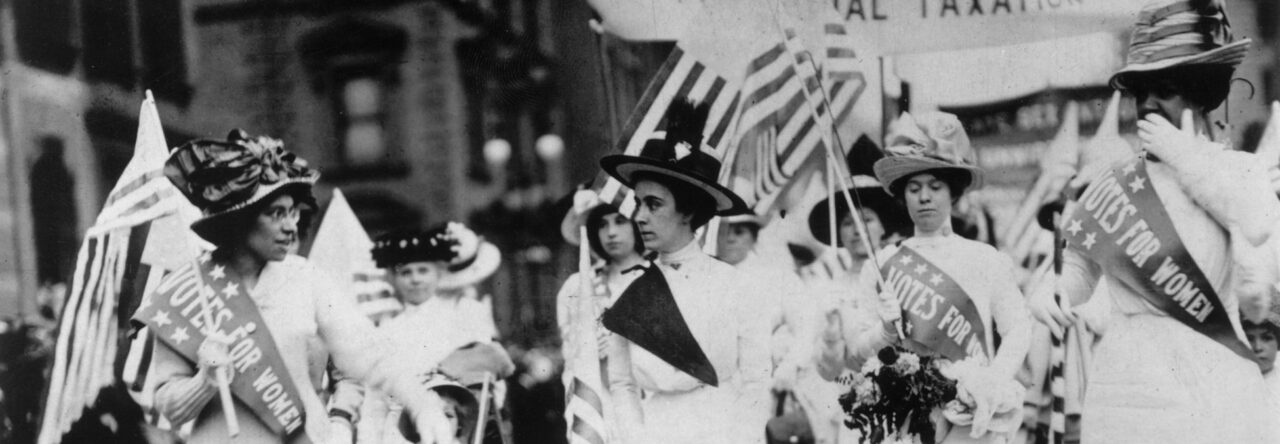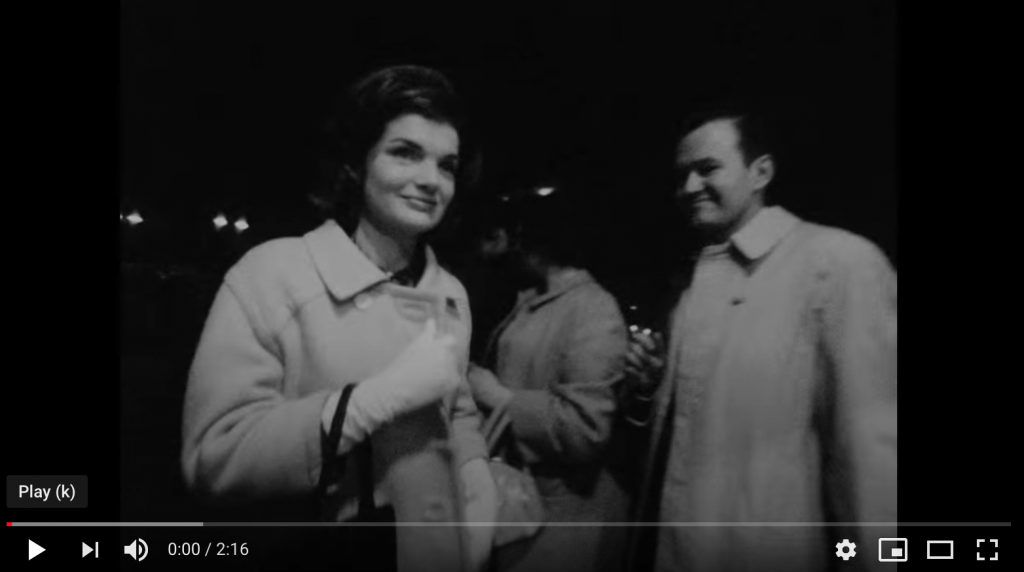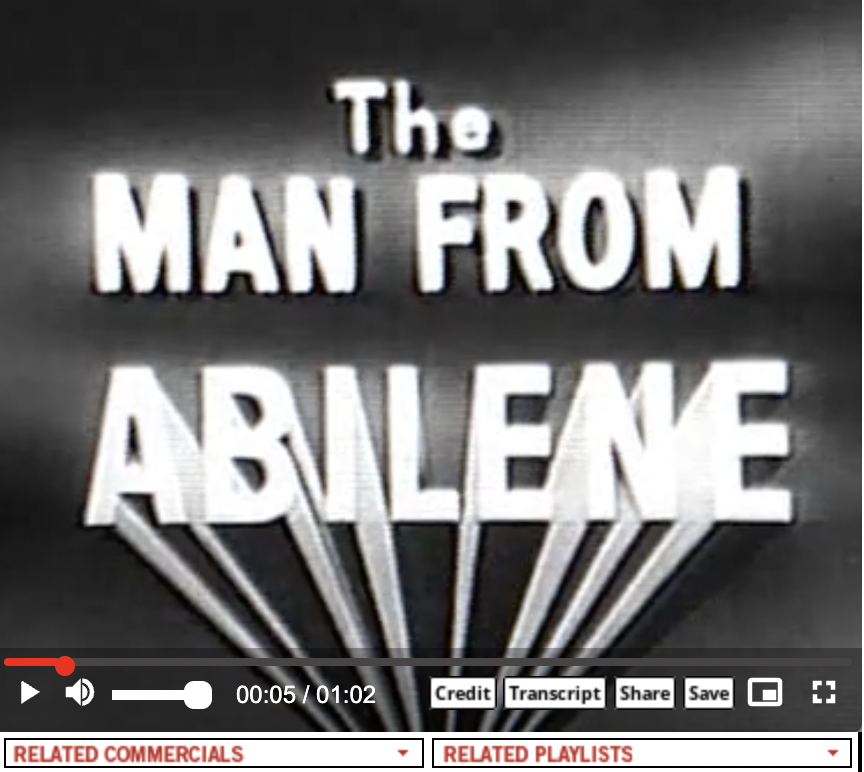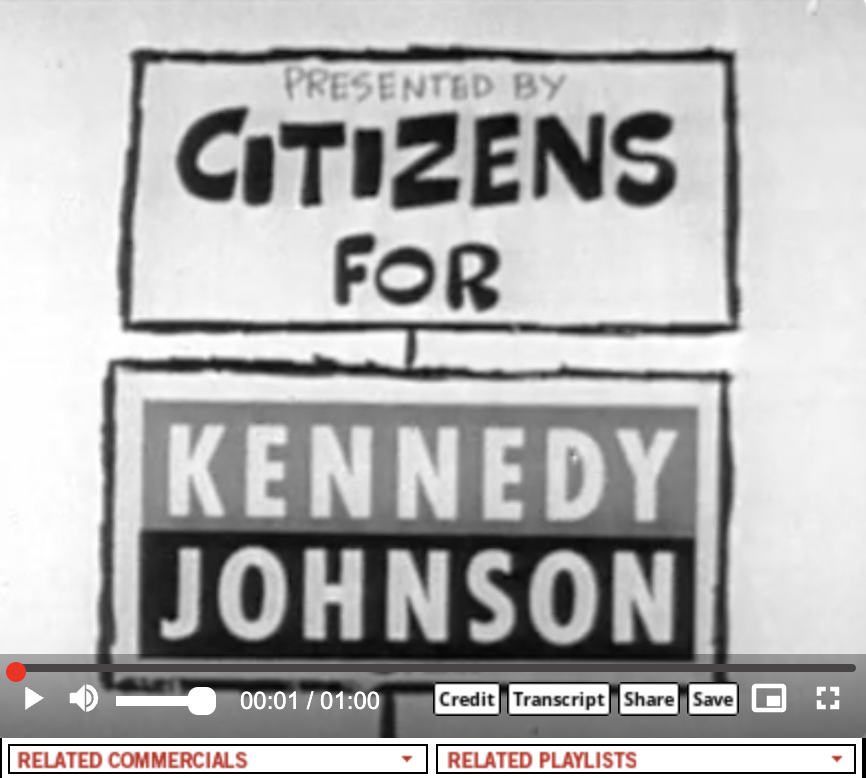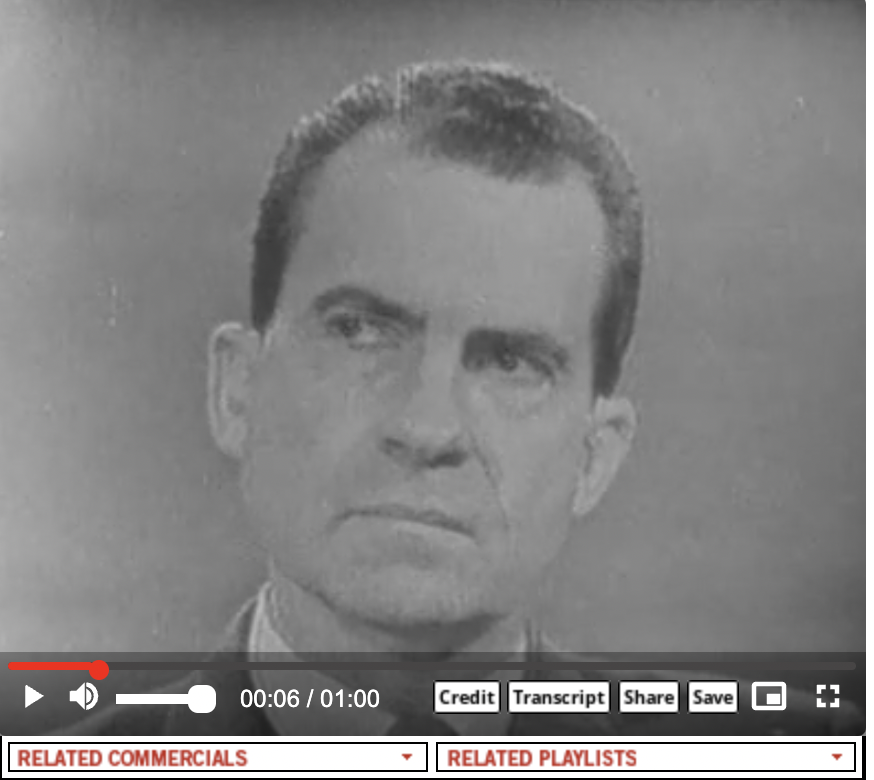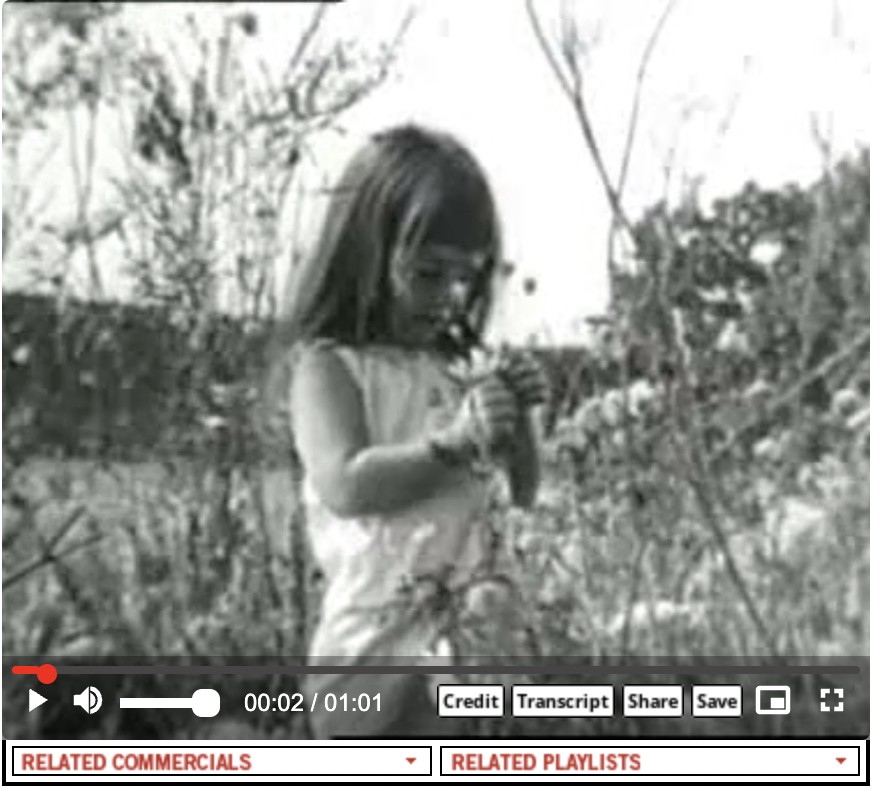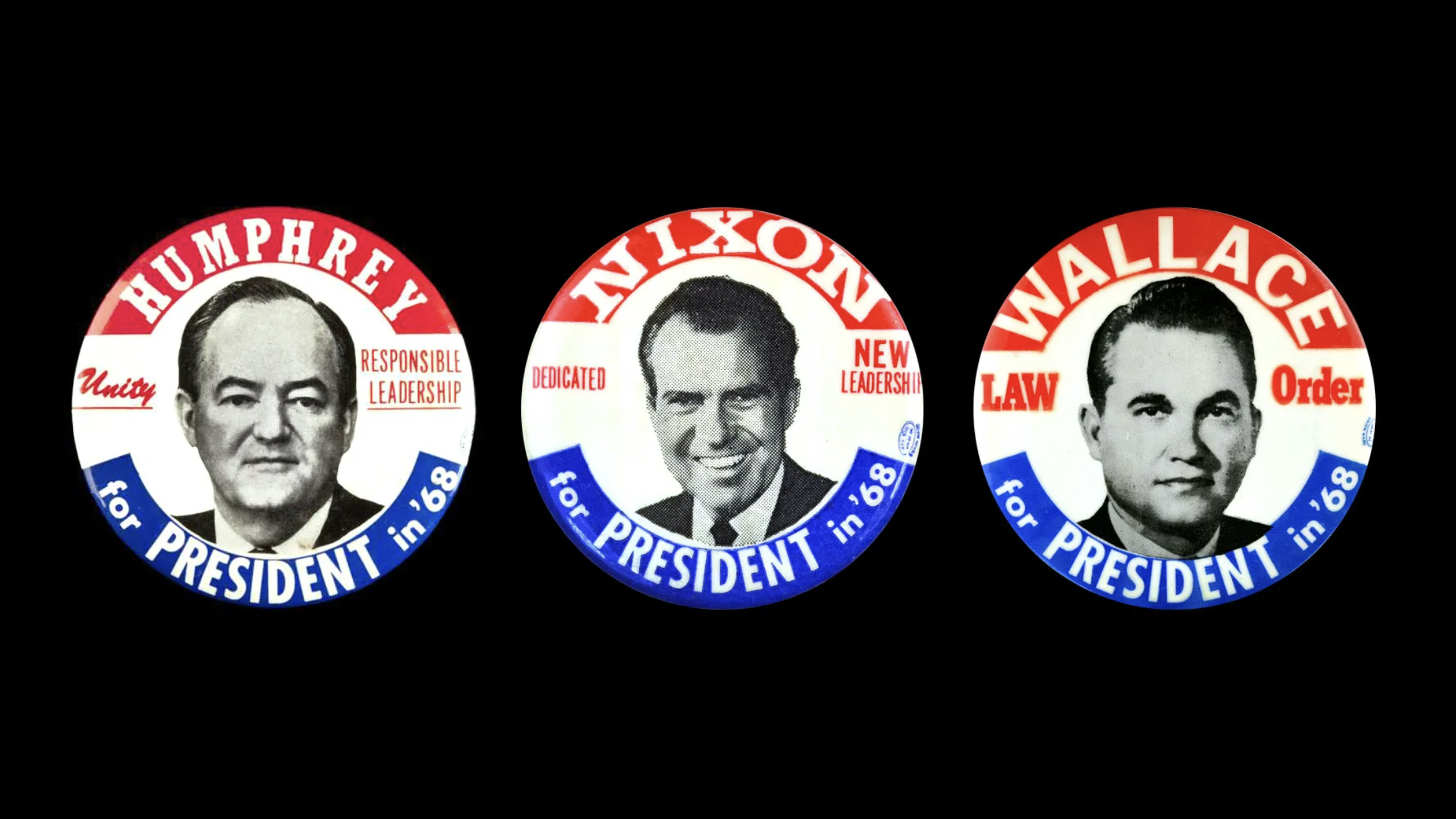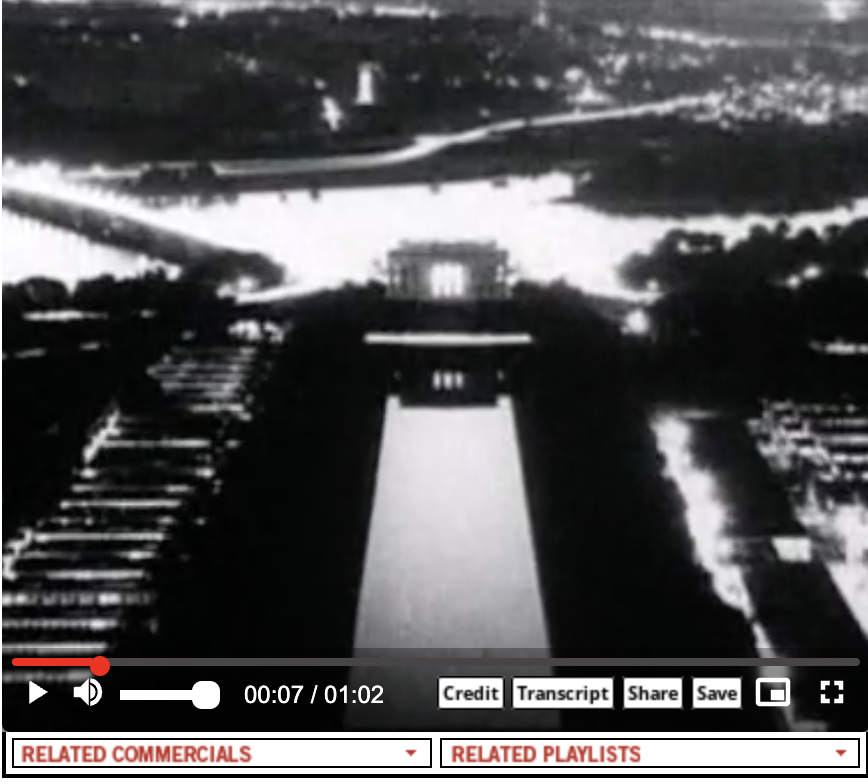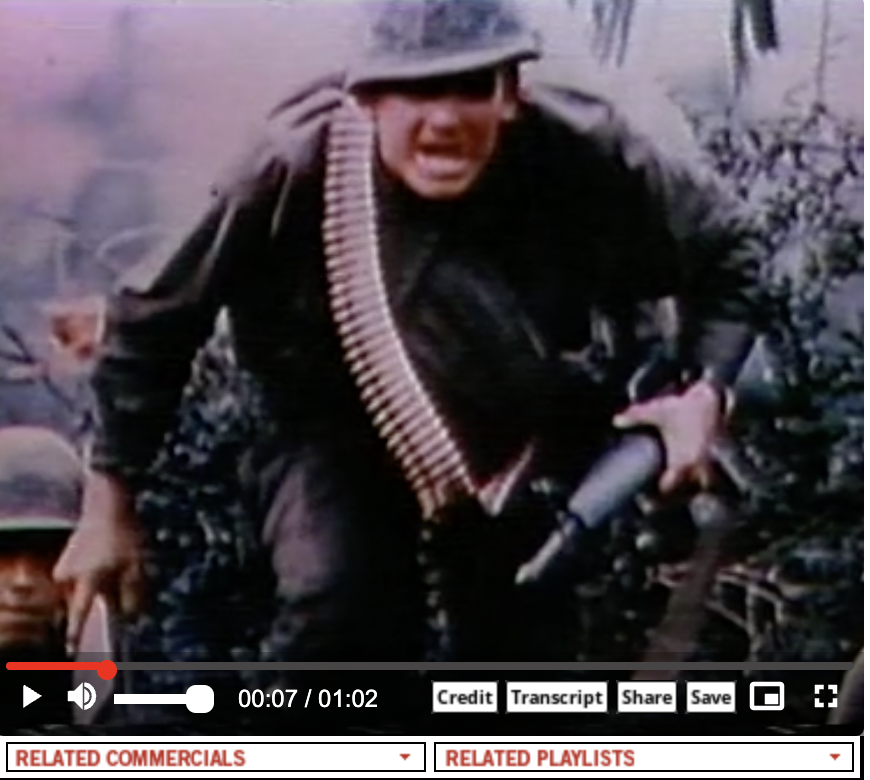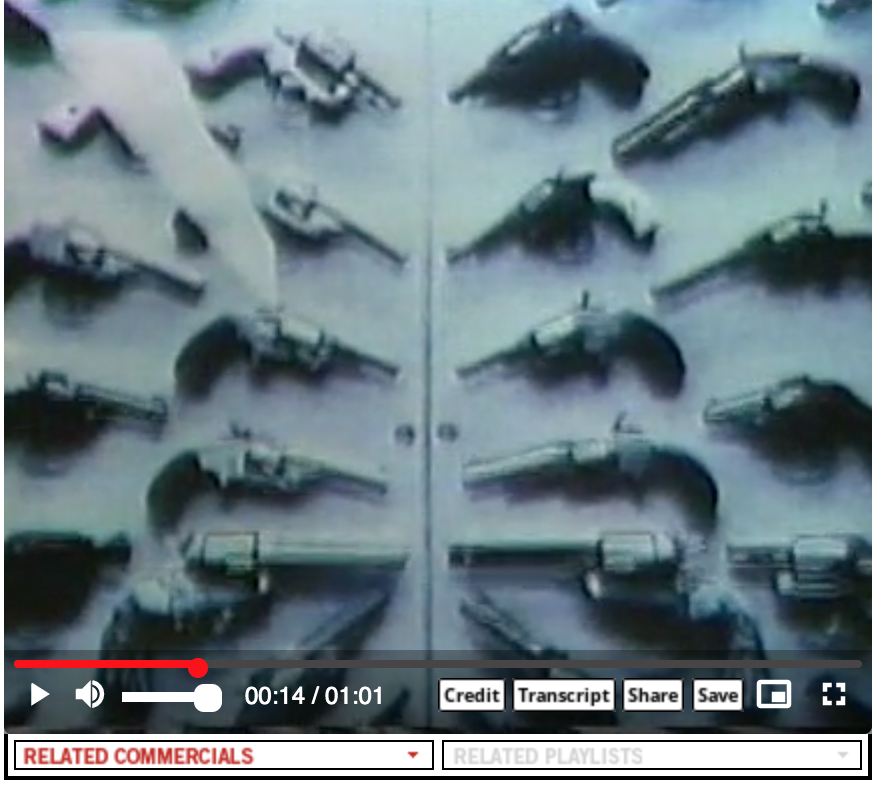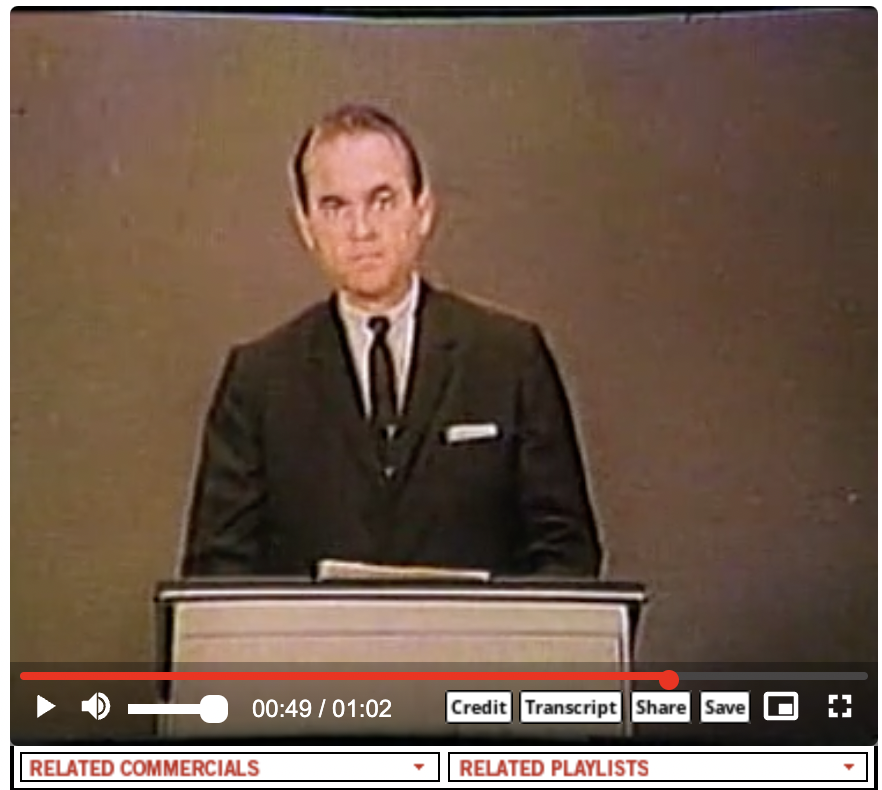Fracturing of America
Margaret O’Mara opens her chapter on the 1968 election with a description of the broadcast television moment that framed the outset of the race and what she describes as the beginning of the “fracturing of America.” Here are video clips of Walter Cronkite’s original February 27, 1968 CBS Evening News Broadcast on the Tet Offensive and also an oral history from Cronkite about that pivotal TV moment recorded in 1999. Then there is the full broadcast from President Lyndon Johnson that stunned the nation on March 31, 1968, as he announced that he would remain as president but withdraw from the contest for the Democratic presidential nomination in 1968. His remarks on quitting the presidential race begin around the 38 minute mark.
In her opening chapter on the 1968 election, O’Mara also narrates the tragic assassinations of both Martin Luther King, Jr. and Robert Kennedy and their dramatic impact on the campaign. Here is a video of Kennedy’s speech in Indianapolis on April 4, 1968, where he revealed the sad news of King’s killing to a stunned crowd.
1968 Democratic National Convention
Campaigns and TV
The 1960 contest produced a number of memorable innovations, including the beginning of Theodore White’s Making of the President series and also a ground-breaking fly-on-the-wall documentary film by Robert Drew called, “Primary.”
Code Words and “the Southern Strategy”
Richard Nixon (Rep), “Crime” (1968)
The Nixon campaign was not the only one playing to the fears and resentments of American voters in 1968. Independent candidate and Alabama governor George Wallace offered his own version of right-wing populism (“law and order”) to help stoke support.
